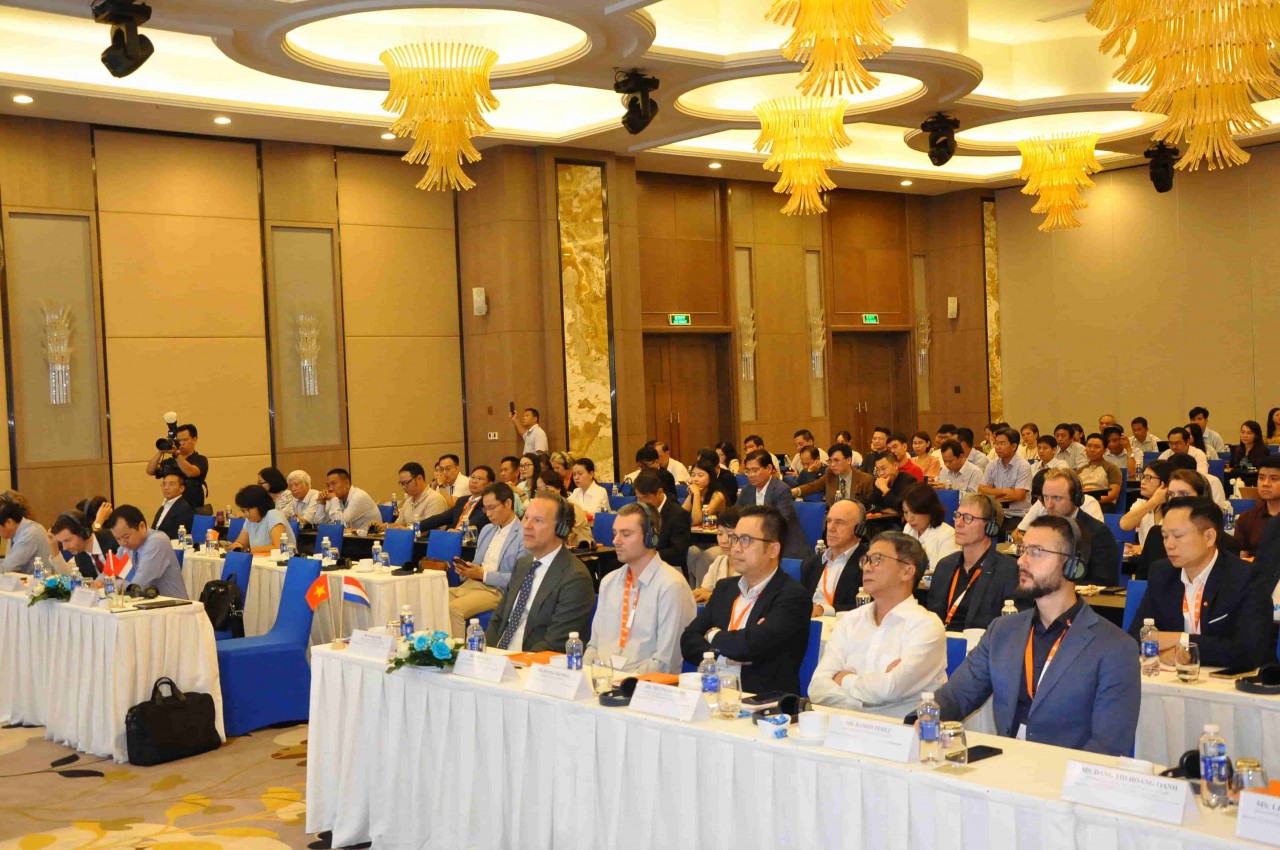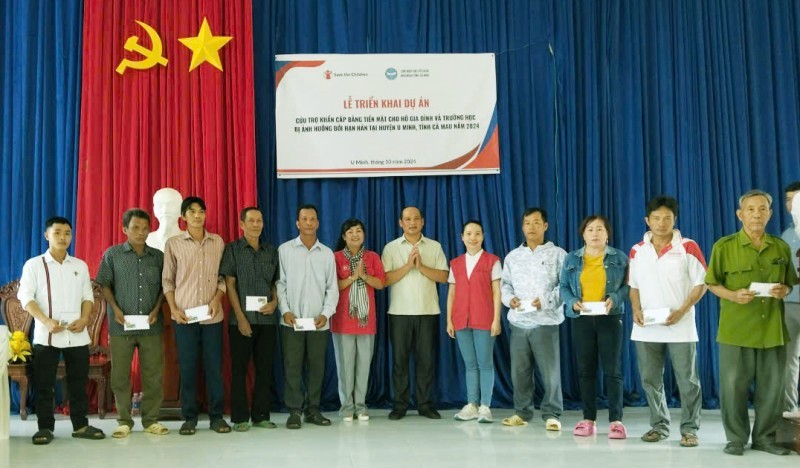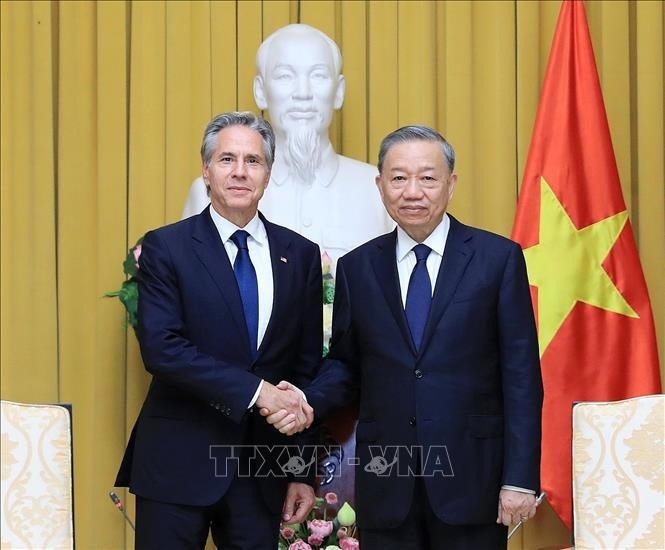WWF Helps Improve Lives of Needy People in Ca Mau
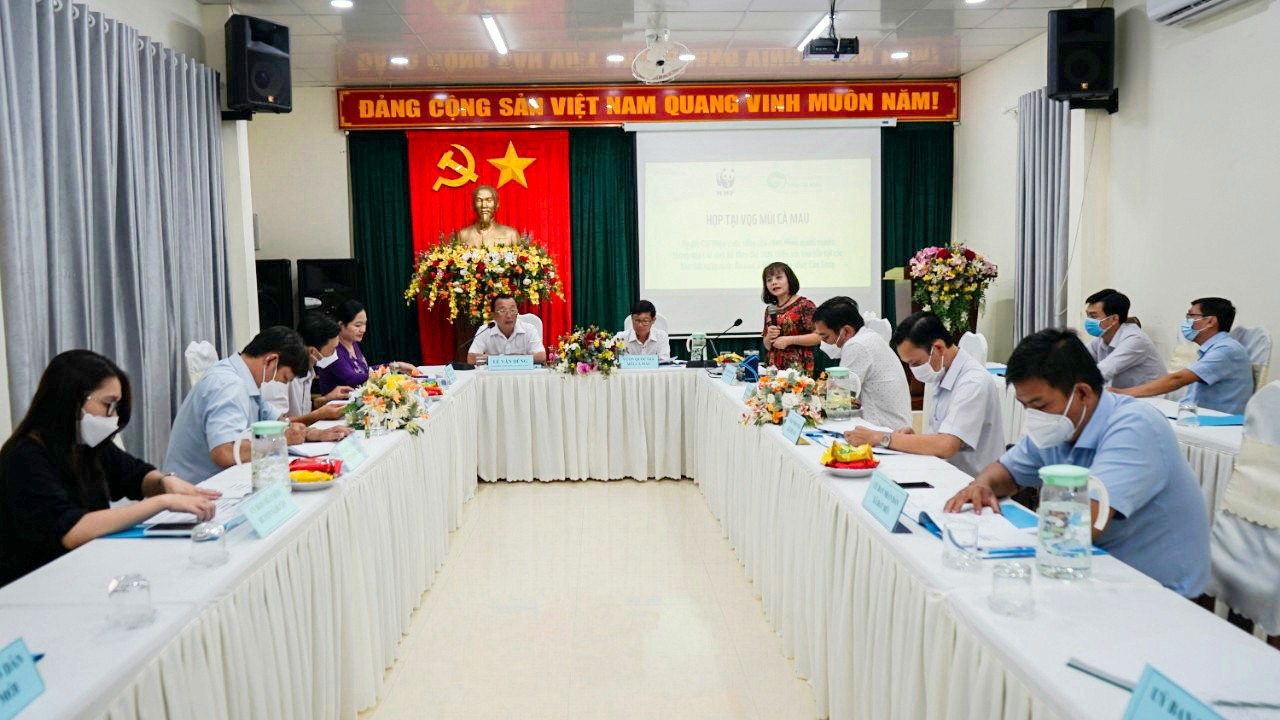 |
| At the meeting. Photo: VNT |
The Union of Friendship Organizations of Ca Mau province on March 30 coordinated with the management board of Ca Mau Cape National Park and relevant units and localities to hold a meeting and consult on implementing the process of receiving a project on Sustainable Management of Ramsar Site in Mui Ca Mau National Park, funded by the World Wide Fund for Nature in Vietnam (WWF-Viet Nam).
The project is a sub-component of the project “Improving the lives of poor communities through conservation-friendly alternative livelihoods in Ramsar wetlands in the Mekong Delta, period 2022 - 2024".
The project was started in November 2021, implemented by WWF in collaboration with Can Tho University, the Ho Chi Minh city-based Southern Institute of Ecology and the park's management board.
Accordingly, the project, through the analysis and assessment of management capacity of Ramsa area, aims to orient activities to improve capacity for sustainable management of wetlands; identify the main biodiversity values of the Ramsar site and propose actions and measures to sustainably conserve biodiversity and ecosystem services; assess the current socio-economic situation and livelihoods of communities and conduct feasibility studies on sustainable livelihoods to increase resilience to climate change and improve governance Ramsar site.
In which, the sub-project of sustainable management of Ramsar site in Ca Mau Cape National Park will be implemented in the area of five communes, including Dat Mui commune, Vien An commune (Ngoc Hien district); Lam Hai commune, Dat Moi commune, (Nam Can district) and Nguyen Viet Khai commune, (Phu Tan district).
With three main components: providing biodiversity/ecological data and applying R-METT tool for management; improve the livelihoods of local communities in the buffer zones of Ca Mau Cape National Park, through the application of blood cockle and clam farming in the alluvial plains of Viet Khai commune, Lam Hai commune.
At the same time, improve the efficiency of models of aquaculture, mangroves and raise awareness on management and protection of natural resources for mass authorities and local people.
With a total funding of WWF over VND 4.4 billion (USD 192.600), implemented from 2022 - 2024.
At the meeting, the representatives of the relevant authorities and localities determined the objectives of the project's active components in accordance with the needs of the people and the local ability to coordinate implementation.
The Ca Mau Friendship Union's representative appreciated the startup activities of the project, instructed the Management Board of Ca Mau Cape National Park and WWF to complete the required documents and procedures in accordance with the Decree. 80/2020/ND-CP of the Government, to submit to the Provincial People's Committee to issue a decision to approve and receive the aid.
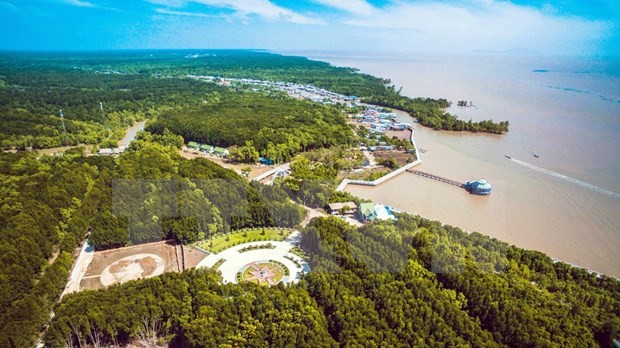 |
| An ariel view of Ca Mau Cape National Park. Photo: VNA |
The Ca Mau Cape National Park was established in 2002, according to VNA.
Encompassing Dat Mui, Vien An and Dat Moi communes in Ngoc Hien district, Ca Mau province, the park covers over 41,800ha, including 26,600ha of coastal areas and 15,200ha inland.
It is home to 93 species of birds, 26 species of mammals, 43 species of reptiles, nine species of amphibians, 139 fish species and 53 mollusc species. Of these, many are listed in Viet Nam's Red Book and the Red Book issued by the International Union for the Conservation of Nature that heralds the plight of endangered species.
In 2009, the United Nations Educational, Scientific and Cultural Organisation recognised Ca Mau Cape National Park as a World Biosphere Reserve.
In April 2013, the park became the 2,088th Ramsar site in the world (wetlands of international importance designated under the Ramsar convention) and the fifth Ramsar site in Vietnam.
The others include the Xuan Thuy Natural Wetland Reserve in the Red River Delta province of Nam Dinh, Ba Be Lake in the northern mountainous province of Bac Kan, Bau Sau in Cat Tien National Park in the southern province of Dong Nai and Tram Chim National Park in the southern province of Dong Thap.
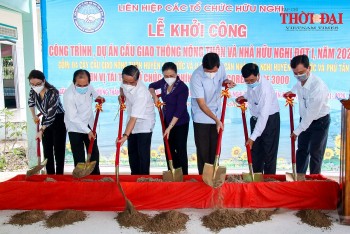 | Construction of 4 Bridges and 25 Friendship Houses Kicks Off in Ca Mau The president of VUFO recently attended the construction of four rural bridges and 25 friendship houses in the southernmost province of Ca Mau |
 | Ca Mau Friendship Union Praised for Provincial Socio-Economic Development Ca Mau Friendship Union has actively contributed to the socio-economic development of the province. |
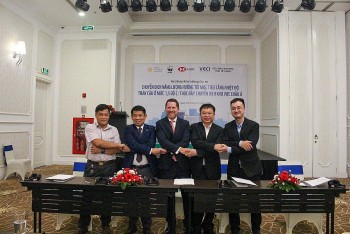 | New Partnership Signed to Scale Climate Solutions The World Wide Fund For Nature in Vietnam (WWF-Vietnam) partnered with HSBC and World Resource Institute in a partnership to scale climate solutions for global ... |
Recommended
 Viet's Home
Viet's Home
Hue City to Raise Awareness on Mine Accident Prevention
 Focus
Focus
Vietnam Leaves Imprints on the World Peacekeeping Map
 Viet's Home
Viet's Home
“Global Vietnamese Singing 2025” - Connecting Hearts Longing for Homeland
 Viet's Home
Viet's Home
Vietnam’s People's Public Security Force Actively Contributes to UN Peacekeeping Operations
Popular article
 Viet's Home
Viet's Home
HAUFO Enhances Competence of People-to-People Diplomacy Personnel
 Viet's Home
Viet's Home
Hands that Reserve Da Long Brocade Craft
 Viet's Home
Viet's Home
Da Rsal – How Digital Transformation Reshape a Poor Commune
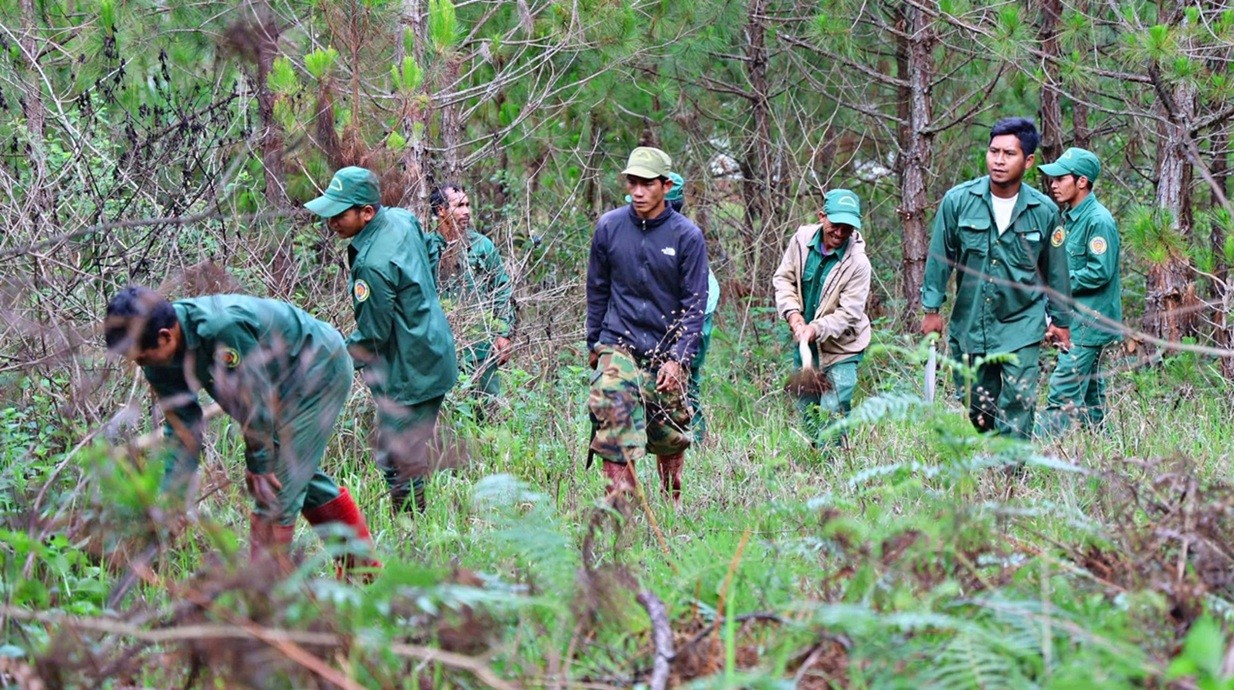 Viet's Home
Viet's Home





